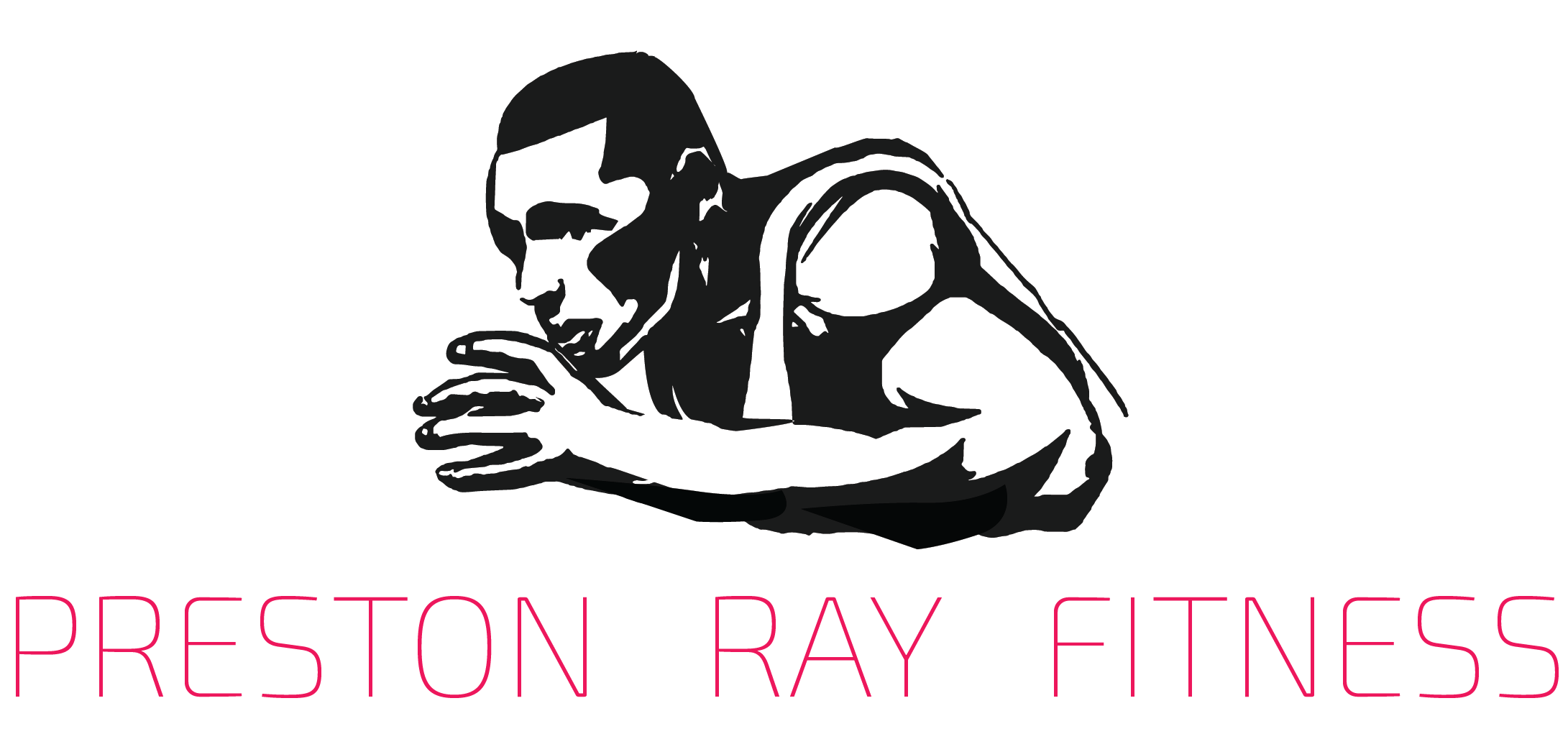As Promised… Here Are Your Upper Body Self Myofascial Release Exercises.
As we discussed in our previous blog, fascia is the term used to describe all of the soft tissue found throughout the body that keeps our bodies together. Last time we foam rolled the fascia of your lower extremities and this time we will focus on foam rolling your upper body, in less than 10 minutes. Check out the videos below.


LATS ( Latissimus Dorsi) – Self Myofascial Release – The largest muscle of the upper body is the “latissimus dorsi” or “lats” for short. This slanted muscle originates along the spine from the mid back and goes all the way down to the iliac crest (highest point of your pelvis.) It inserts just underneath your shoulders. A thin, yet powerful muscle used extensively for swimming, pull ups and seated pull downs.
Watch Preston demonstrate this LAT rolling exercise: CLICK HERE


T-SPINE (Thoracic Spine) – Self Myofascial Release – The “T-spine” is the region of your spine that begins just below your neck and continues until reaching the beginning of your lower back. Known for rotating the trunk, the “T-spine” is the most mobile area of your back and consists of twelve vertebrae. The vertebrae increase in size as you go down the spine. These vertebrae help house the spinal cord and are known as “kyphotic” because they curve outward.
Watch Preston demonstrate this T-Spine rolling exercise: CLICK HERE –> PART 1 & PART 2


LUMBAR ( Lumbar Spine) – Self Myofascial Release – The lumbar spine consists of five vertebrae in the lower back that sit on top of the sacrum. They don’t allow for as much movement as the thoracic spine because they must withstand a lot of pressure from our bodyweight and heavy lifting and carrying. This area of your back curves slightly inward and is referred to as “lordotic.”
Watch Preston demonstrate this Lumbar Spine rolling exercise: CLICK HERE


PECS ( Pectoralis Major) – Self Myofascial Release – Originating on the clavicle and sternum, the “pecs” flex, adduct and medially rotate the arm. They are most commonly thought of when pushing or doing a bench press. The pecs are being discussed in this article because when we medially rotate the arms to type while seated at our desk or standing on a mobile phone, these muscles shorten and get tight.
Watch Preston demonstrate this Lumbar Spine rolling exercise: CLICK HERE
Contact me to discuss a personalized foam rolling program or schedule a free personal training session. Send an email to preston@prestonrayfitness.com or call 510-381-0240.
Have great day!


Recent Comments